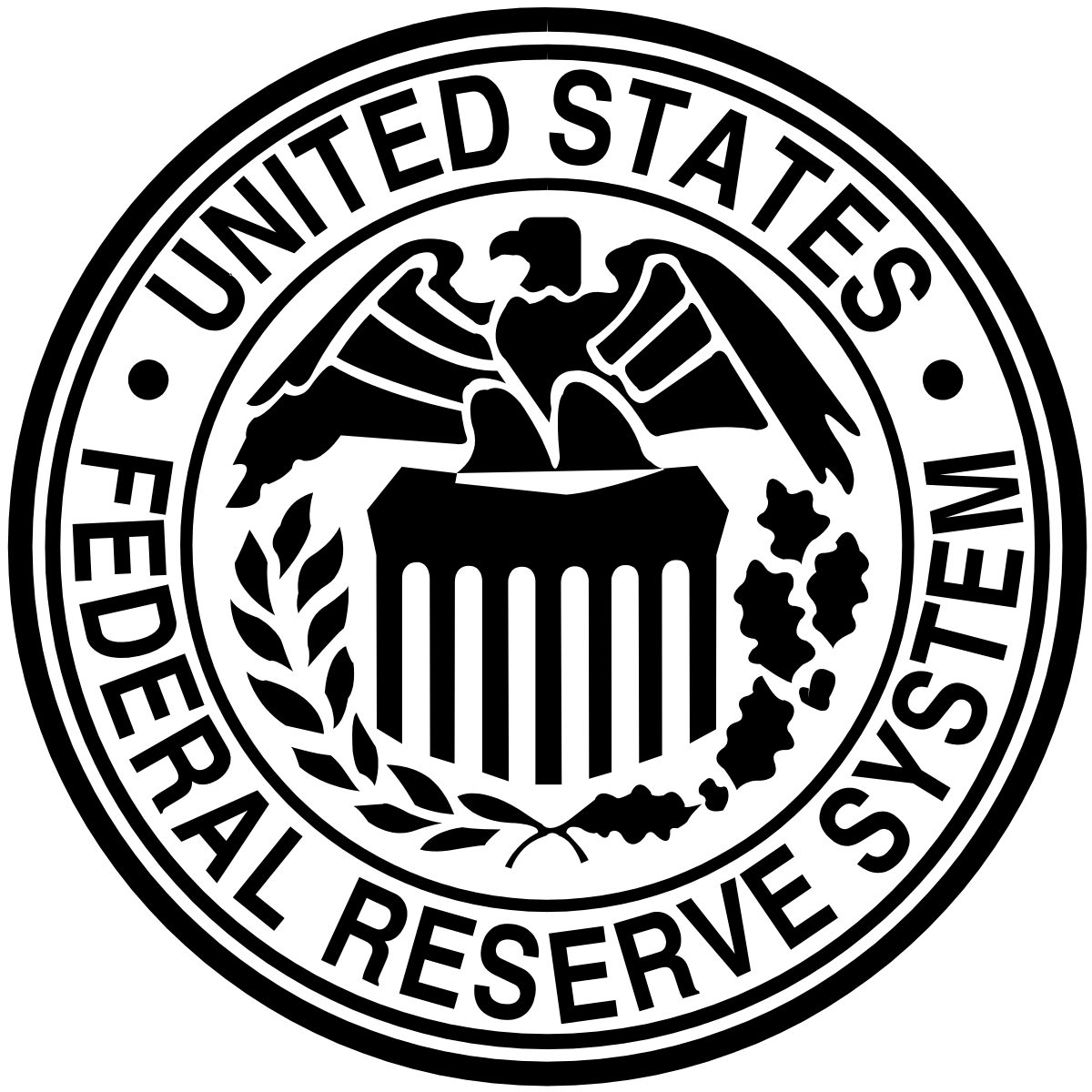In 1913, the Federal Reserve Act established the Federal Reserve System (FRS), an independent governmental entity that would serve as a central bank to the U.S. government. In addition to the board of governors, the board of directors, and the Federal Open Market Committee (FOMC), the act formed a system of 8 to 12 Federal Reserve Banks spread out across the United States. The bank’s mission is to provide the nation with a stable monetary policy and a safe and flexible financial system, but what do the Reserve Banks do?

KEY TAKEAWAYS
- The Federal Reserve System in the U.S. conducts the nation’s monetary policy and regulates its banking institutions.
- The system comprises a minimum of 8 and a maximum of 12 regional reserve member banks, each focusing on its particular geographical zone in coordination with the New York Fed.
- These are based in Boston, New York, Philadelphia, Cleveland, Richmond, Atlanta, Chicago, St. Louis, Minneapolis, Kansas City, Dallas, and San Francisco.
A Network of Regional Fed Banks
The 12 Reserve Banks oversee the regional member banks, protect regional economic interests, and ensure that the public clocks in central bank decisions. Although Federal Reserve Banks don’t operate for profit, they generate income from interest on government securities acquired through Fed monetary policy actions and financial services provided to depository institutions. Each year, after accounting for operational expenses, the regional banks return any excess earnings to the U.S. Treasury. These regional banks are involved with four general tasks: formulate monetary policy, supervise financial institutions, facilitate government policy, and provide payment services.

Facilitating Monetary Policy
Regional banks enforce the monetary policies that the Board of Directors sets by ensuring that all depository institutions—commercial and mutual savings banks, savings and loan associations, and credit unions—can access cash at the current discount rate.
They also assist the FOMC and the Federal Reserve by contributing to the formulation of monetary policy. Each regional bank has a staff of researchers that collects information about its region, analyzes economic data, and investigates economic developments. These researchers advise regional bank presidents on policy matters, who then publicize the information to their constituencies to survey public opinion.
Supervising Member Institutions
The Board of Governors delegates most supervisory responsibilities over member institutions to the Reserve Banks, which conduct on-site and off-site examinations, inspecting state-chartered banks and authorizing banks to become chartered. They also ensure that depository institutions maintain the proper reserve ratio—the requirement outlining the proportion of deposits that must be held on reserve as cash. In addition, Reserve Banks are responsible for writing regulations for consumer credit laws and ensuring that communities have access to sufficient credit from banks.
Servicing the Government
Reserve Banks also engage in financial services to the federal government by acting as the liaison between the Department of Treasury and depository institutions. The regional banks collect unemployment, income tax, and excise taxes to deposit to the Treasury and issue and redeem bonds and T-bills in the specified allotments to retain the desired level of bank reserves.
Additionally, Reserve Banks maintain the Treasury Department’s transaction and operating accounts by holding collateral for government agencies to secure funds currently deposited with private institutions. The banks also make regular interest payments on outstanding government obligations.
Servicing Depository Institutions
Distributing paper money to chartered depository institutions is another of the Reserve Banks’ duties.6 Excess cash is deposited at the Reserve Banks when demand is light; when demand is heavy, institutions can withdraw or borrow from the banks. The regional banks have the electronic infrastructure to handle wire transfers, moving funds between its 7,800 depository institutions.
In addition, the Reserve Banks are a check-clearing system that processes 14.5 billion checks annually as of 2018 and routes them to the correct depository institution. The Reserve Banks also provide automated clearinghouses that allow depository institutions to exchange payments for payroll direct deposits and mortgage payments.
The Bottom Line
Often called a bank for banks, the Reserve Bank network carries out the Fed’s orders, provides support for member banks around the country and cultivates safe banking practices. Many of the services provided by these banks are similar to the services that ordinary banks offer, except the Reserve Banks provide these services to banks rather than individuals or business customers. Reserve Banks hold cash reserves, make loans to depository institutions, circulate currency, and provide payment services to thousands of banks.
Without these regional banks, the Federal Reserve wouldn’t be able to sanction its national policies, govern the thousands of depository institutions, or ensure that the central bank hears the voices of people from each region when making policy judgments. They are the fiscal agents and the operating arms of the central bank.





